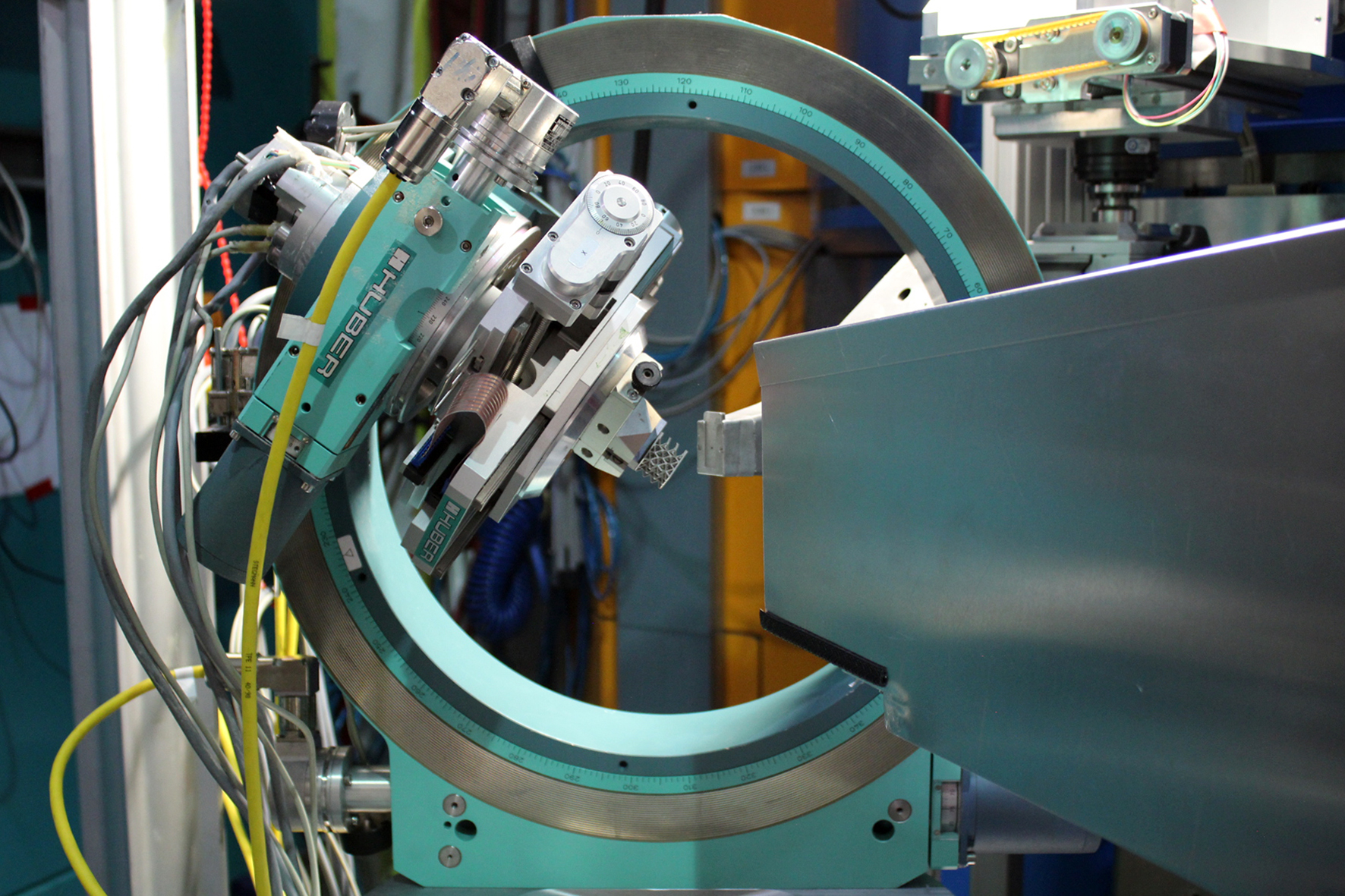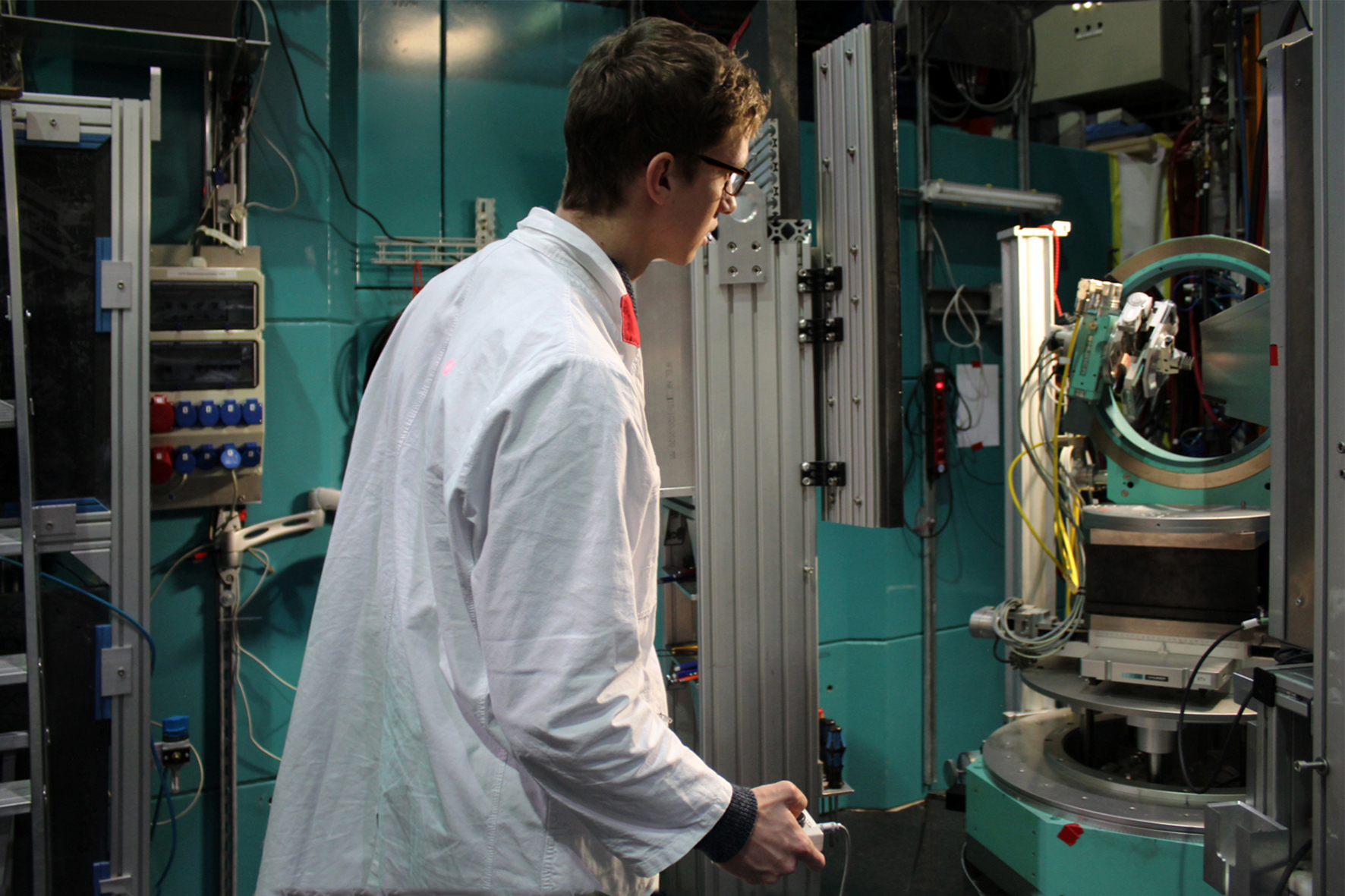A research team from the Technical University of Munich (TUM) has developed a non-destructive method to detect internal stresses in 3D printed parts using neutrons.
The researchers tested their method on a 3D printed lattice structure from energy technology company Siemens Energy, typical of those used in the firm’s 3D printed gas turbine buckets.
“Complex components with such intricate structures would be impossible to make using conventional manufacturing method like casting or milling,” said Dr. Tobias Fritsch of the German Federal Institute for Materials Research and Testing (BAM). “We wanted to see whether or not we could use neutrons to detect internal stresses in this complex component.”

Non-destructive testing of 3D printed parts
Siemens Energy printed a lattice structure of a few millimeters in size using a nickel-chrome alloy, and intentionally omitted the usual heat-treatment after printing.
The lattice was manufactured via laser powder bed fusion (LPBF), which enabled the structure’s complex geometry. However, during printing the laser’s highly localized heat input and the rapid cooling of the melt pool can lead to residual stress in the material.
This stress can be eliminated down the line through a heat-treatment process, although this can take time and therefore costs money. Before this point, though, residual stress can also damage components during the production process, leading to cracks or deformations.
Evaluating the structural integrity of a material is mostly performed by destructive or semi-destructive means, which is not ideal for mass production of parts. Instead, neutron diffraction allows non-destructive detection of residual stress within bulk materials
To test the gas turbine component for internal stress using this method, Fritsch bombarded the part with neutrons from the Research Neutron Source Hein Maier-Leibnitz (FRM II), and use of a STRESS-SPEC neutron diffractometer. Principal stress directions were then calculated using a Python script, while six independent stress components were extracted from the nine strain measurements. These measurements indicated the principal stress directions for the struts and knots of the lattice structure.

The next step after detecting internal stress
Through their experiment, the team demonstrated a robust procedure to determine residual stress in lattice structures using neutron diffraction. Once they had detected stress, though, the next step was to work out a way to reduce it.
“We know that we have to modify the production process parameters and thus the way in which the component is built up during printing,” said Fritsch. “The more localized the heat application is during the melting process, the more internal stress results. So we have to distribute the heat as evenly as possible during the printing process.”
Going forwards, the team will look into the process with new components and modified printing parameters and is already working with Siemens to plan new measurements with TUM’s neutron source in Garching.
More information on the study can be found in the paper titled “On the determination of residual stresses in additively manufactured lattice structures,” published in the Journal of Applied Crystallography. The study was co-authored by T. Fritsch, M. Sprengel, A. Evans, L. Farahbod-Sternahl, R. Saliwan-Neumann, M. Hoffman, and G. Bruno.

Non-destructive testing within AM
While destructive testing of 3D printed parts remains the most common method of detecting stresses and weaknesses, there are others developing non-destructive detection processes.
For instance, scientists at the National Institute of Standards and Technology (NIST) have developed a method of precisely measuring the rate at which polymers harden during SLA 3D printing, using an advanced probe and computer algorithms.
Combining machine learning with CT scans is another non-destructive technique that has been applied by researchers at New York University’s Tandon School of Engineering to expose vulnerabilities behind 3D printed composites.
Elsewhere, Singapore’s National Additive Manufacturing Innovation Cluster (NAMIC) is working with the National Metrology Centre of Singapore to develop standard guidance for the non-destructive testing of parts fabricated via powder bed fusion and binder jetting. The research project is one of eight initiatives funded by standards developer ASTM International to encourage standardization within 3D printing.
Subscribe to the 3D Printing Industry newsletter for the latest news in additive manufacturing. You can also stay connected by following us on Twitter and liking us on Facebook.
Looking for a career in additive manufacturing? Visit 3D Printing Jobs for a selection of roles in the industry.
Featured image shows the lattice structure in the measurement position on the residual stress diffractometer STRESS-SPEC. Photo via Tobias Fritsch / BAM.


